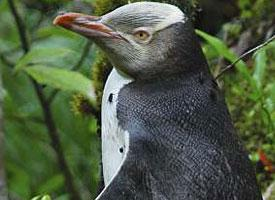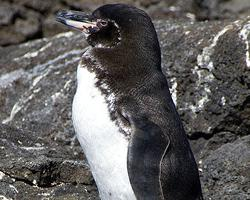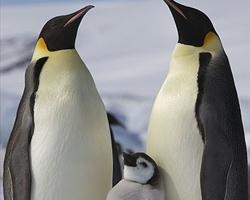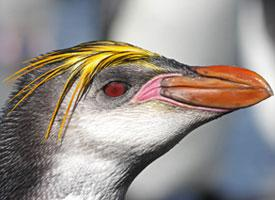
Stav ohrožení
| Vyhynulý |
Popis zvířete
The Waitaha penguin (Megadyptes waitaha) was a species of penguin that once thrived along the coasts of New Zealand, primarily in the South Island and possibly parts of the North Island. This bird, now extinct, was relatively recently discovered through DNA analysis of subfossil bones, revealing its existence and subsequent extinction prior to the arrival of European settlers in New Zealand. The Waitaha penguin played a significant role in the ecosystem and cultural landscapes of prehistoric New Zealand, and its story is a fascinating glimpse into the natural history of the region.Physically, the Waitaha penguin was similar in size to the extant Yellow-eyed penguin (Megadyptes antipodes), one of its closest living relatives, suggesting that it stood about 60 to 70 cm tall and weighed around 5 to 6 kg. It likely sported a sleek, streamlined body adapted for efficient swimming, with strong flippers that propelled it through the water as it hunted for fish and squid. The bird's plumage and coloration are speculative but were probably similar to that of its cousin, with a possible mix of grays, whites, and yellows, particularly around the eyes, which might have given it a distinctive appearance.
The Waitaha penguin's lifestyle would have been closely tied to the sea, coming ashore primarily for breeding and molting purposes. It is believed that, like other penguins, they formed colonies for nesting, laying their eggs in nests built from pebbles and vegetation. These colonies were likely located on secluded beaches and in coastal forest areas, places that offered protection from predators and the elements.
Ecologically, the Waitaha penguin filled a crucial niche in New Zealand's coastal ecosystems. As a predator, it helped regulate fish and squid populations, and its presence would have influenced the structure of local marine communities. On land, the colonies of Waitaha penguins would have impacted the terrestrial environment as well, from the vegetation they interacted with to the prey species that scavenged their colonies.
The extinction of the Waitaha penguin is a poignant reminder of the fragility of island ecosystems. Evidence suggests that the species disappeared shortly after the arrival of Polynesians in New Zealand, around the 13th to 15th centuries. This extinction was likely due to a combination of human hunting and habitat modification, as well as predation by introduced species such as dogs and rats. The disappearance of the Waitaha penguin had significant ecological ramifications, including the subsequent colonization of its former habitats by the Yellow-eyed penguin, which expanded its range from the subantarctic islands to the mainland of New Zealand following the Waitaha's extinction.
In summary, the Waitaha penguin was a unique and integral part of New Zealand's natural heritage. Its existence sheds light on the dynamic and ever-changing nature of ecosystems and serves as a cautionary tale about the impact of human activity on vulnerable species. Though it is no longer present in the physical landscape, the legacy of the Waitaha penguin endures through scientific study and conservation efforts aimed at preserving New Zealand's rich biodiversity.
Podobná zvířata
Nové fotografie zvířat
Top 10 zvířat
- Chinese water dragon (Physignathus cocincinus)
- Galápagos tortoise (Geochelone nigra complex)
- Dolphin gull (Leucophaeus scoresbii)
- Japanese macaque (Macaca fuscata)
- Colombian red howler (Alouatta seniculus)
- Sea urchins (Echinoidea)
- Moustached guenon (Cercopithecus cephus)
- Diana monkey (Cercopithecus diana)
- Common reed warbler (Acrocephalus scirpaceus)
- Common house mosquito (Culex pipiens)


